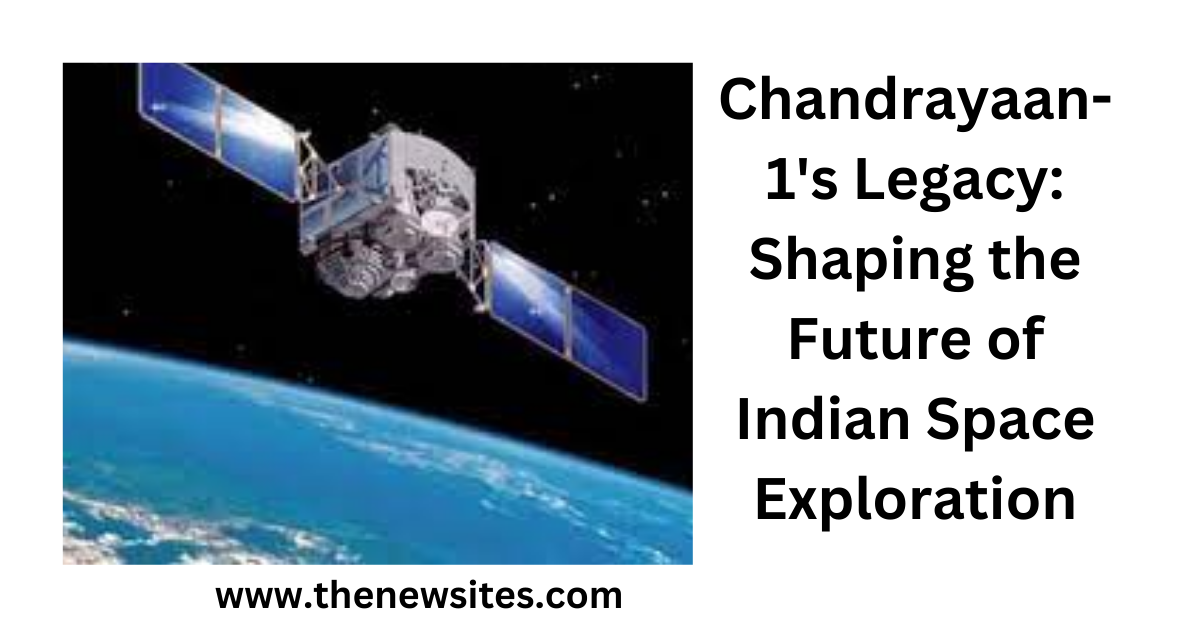Chandrayaan-1: Unveiling the Mysteries of the Moon
India’s inaugural lunar mission, Chandrayaan-1, marked a significant milestone in the country’s space exploration journey. Launched on October 22, 2008, by the Indian Space Research Organization (ISRO), the spacecraft embarked on a mission to unravel the Moon’s secrets, enhancing our understanding of its composition and surface.
Objective of Chandrayaan-1
The primary goal of Chandrayaan-1 was to conduct a comprehensive study of the Moon’s surface, mineral composition, and to explore the presence of water molecules. Equipped with state-of-the-art scientific instruments, the spacecraft aimed to provide invaluable insights into lunar mysteries.
Launch Place of Chandrayaan-1
The Satish Dhawan Space Centre in Sriharikota, India, served as the launch site for Chandrayaan-1. Riding atop a Polar Satellite Launch Vehicle (PSLV-XL), the spacecraft commenced its journey, carrying the aspirations of India’s burgeoning space program.
Instruments in Chandrayaan-1
Chandrayaan-1 housed several scientific instruments designed to scrutinize various aspects of the Moon. Notable tools included the Moon Impact Probe (MIP), which, upon impact, offered detailed information about the Moon’s exosphere and surface features. The Hyper Spectral Imager (HySI) identified minerals based on their spectral characteristics, while the Lunar Laser Ranging Instrument (LLRI) used laser pulses to measure the distance between the spacecraft and the lunar surface.
Water Discovery
One of Chandrayaan-1’s pivotal achievements was the discovery of water molecules on the lunar surface. The Moon Impact Probe (MIP) confirmed the presence of water molecules in the Moon’s exosphere, providing crucial data for scientists.
Lost Communication
The mission faced communication challenges, and contact was lost with the spacecraft in November 2008. Despite this setback, Chandrayaan-1 had already transmitted a wealth of information about the Moon’s composition and surface characteristics before losing communication in August 2009.
Legacy and Impact
Chandrayaan-1’s legacy endured, paving the way for subsequent Indian lunar missions, including Chandrayaan-2. It showcased India’s prowess in scientific research and space exploration, leaving an indelible mark on the global stage.
Duration
Originally designed to operate for two years, Chandrayaan-1’s communication was lost earlier than anticipated, in August 2009.
International Collaborations
Chandrayaan-1 fostered international collaboration by carrying scientific equipment from the US, the European Space Agency (ESA), and Bulgaria, highlighting the global significance of lunar exploration.
Data Contribution
Despite its communication failure, Chandrayaan-1 continued to contribute valuable data. Scientists worldwide extensively examined and utilized this data for years, furthering our understanding of the Moon.
Chandrayaan-2
Building upon the success of Chandrayaan-1, ISRO launched Chandrayaan-2 in July 2019. Despite challenges with the lander’s descent, the orbiter remains operational, continuously sending back valuable data, sustaining India’s lunar exploration endeavors.
In summary, Chandrayaan-1 not only marked India’s inaugural lunar exploration but also significantly advanced our understanding of the Moon, laying the groundwork for future missions and showcasing India’s scientific and technological capabilities on the global stage.
FAQs:
When was Chandrayaan-1 launched and by whom?
Chandrayaan-1 was launched on October 22, 2008, by the Indian Space Research Organization (ISRO).
What was the main objective of Chandrayaan-1?
The primary objective of Chandrayaan-1 was to study the Moon’s surface, mineral composition, and discover water molecules using scientific instruments.
Where was Chandrayaan-1 launched from?
Chandrayaan-1 was launched from the Satish Dhawan Space Centre in Sriharikota, India, using a Polar Satellite Launch Vehicle (PSLV-XL).
What were the key instruments aboard Chandrayaan-1?
Chandrayaan-1 carried instruments such as the Moon Impact Probe (MIP), Hyper Spectral Imager (HySI), and Lunar Laser Ranging Instrument (LLRI) to investigate various aspects of the Moon.
What significant discovery did Chandrayaan-1 make regarding water?
Chandrayaan-1 made a groundbreaking discovery of water molecules on the lunar surface, confirmed by the Moon Impact Probe (MIP).
Why did Chandrayaan-1 lose communication, and when did it happen?
Communication issues began in August 2009, and contact was lost with Chandrayaan-1 in November 2008.
What is Chandrayaan-1’s legacy and impact?
Chandrayaan-1 laid the foundation for subsequent Indian lunar missions, showcasing India’s prowess in scientific research and space exploration globally.
What was the intended duration of Chandrayaan-1’s mission?
Originally planned to operate for two years, Chandrayaan-1’s communication was lost in August 2009.
Did Chandrayaan-1 have international collaborations?
Yes, Chandrayaan-1 carried scientific equipment from the US, the European Space Agency (ESA), and Bulgaria, fostering international collaboration.
How did Chandrayaan-1 contribute to scientific knowledge after losing communication?
Chandrayaan-1 continued to supply important data that scientists worldwide examined and utilized for years after its communication failure.
What mission followed Chandrayaan-1, and when was it launched?
Chandrayaan-2, which included an orbiter, lander, and rover, was launched by ISRO in July 2019, building on the success of Chandrayaan-1.
What is the current status of Chandrayaan-2’s orbiter?
Chandrayaan-2’s orbiter remains in good operation, continuously sending back useful data, despite challenges with the lander’s soft landing on the Moon’s surface.
Please read more articles Inclusive educations…

I have completed both a Diploma (College: N G P Patna-13) and a Bachelor of Technology (University: IPU Delhi) in CSE. I qualified for the Railway JE Exam and joined in 2017. Presently, I am a software engineer. I have been working in the engineering field for 7 years. Along with my job, I am also an educator, content writer, current affairs expert, and blogger. I have been working in these fields for 3 years. I dedicated myself to making learning simple and enjoyable. As a writer, I have spent 3 years crafting insightful content. With 3 years of expertise in current affairs, I provide up-to-date knowledge as well as analysis of current events from exam points of view. Additionally, I am offering personalized educational support and guidance.

